As a lifelong Catholic, I’ve often thought that two of the Church’s chief characteristics are a) how weird it is when you think about it; and b) how weird it is that so few people in it think how weird it is when you think about it. Happily, if a little smugly, I have to say that nothing in the first episode of Inside the Vatican (BBC2, Friday) caused me to revise this theory.
There was a time, of course, when allowing TV cameras to film your institution was a risky strategy, as St Paul’s cathedral and the Royal Opera House can testify after those fly-on-the-wall series of the 1990s showed us their dirty laundry with some glee. These days, though, organisations tend to be a bit more savvy — and, judging from Friday’s programme, none more so than the Catholic Church. Certainly anybody who tuned in hoping for duelling crosiers or the angry slamming down of psalters will have been disappointed. Instead, this was unmistakeably the Church as it would like to be seen, which means that much of the programme’s (considerable) interest lay in realising how differently it would like to be seen now that Pope Francis is in charge. What we watched possibly wouldn’t qualify as woke in the Guardian. Even so, the Church did its best to appear as modern and liberal as any theocratic institution whose buildings, clothing and hierarchy are rooted in the Renaissance could reasonably be. (Full disclosure: as a liberal Catholic myself, this was fine by me.)
The programme began with the Liverpudlian Archbishop Paul Gallagher, the Vatican’s equivalent of foreign secretary, reminding us of the still strange fact that this 100-acre patch of Rome is a sovereign state. On a typical morning, he explained, he might receive a delegation from America, the president of the Central African Republic and deputation from Kosovo. He also took us into the rather splendid room where he relaxes and listens to his favourite music — which, when he pressed Play on his CD player, unexpectedly turned out to include ‘Summer Night City’ by Abba.
We then watched one of the most important events of the Archbishop’s year: the Pope’s State of the World address to all the ambassadors to the Vatican, who on Friday had the wearily resigned air of people who know they’re going to be told off. They weren’t wrong either. Before long, the Pope was on their case for the global neglect of human rights and the shameful ‘stirring up’ of ‘primal fears’ about immigration.
But the programme also brought us plenty of less high-profile Vatican work. As Easter approached, the people responsible for the upkeep of St Peter’s Basilica climbed ladders so as to vacuum saints, the gardeners carefully chose just the right sort of palms for Palm Sunday and armed security officers combed 20km of underground tunnels for bombs. (Those same officers later looked on in some alarm as the Pope did a post-Mass walkabout — in vestments donated by Pakistani refugees — stopping to pose for any number of selfies.) Meanwhile, the communications team debated the virtues of Twitter vs Instagram as a way of spreading the gospel, and brought us the somehow reassuring news that pictures of His Holiness at prayer get more likes than those of him playing football. ‘Everyone from the Pope to the caretakers,’ explained the narrator in a script that had presumably had a thorough Vatican vetting, ‘sees their duties as a vocation in the service of God.’
And, in the end, it was this (I would suggest, pretty weird) combination of proud worldliness and proud unworldliness that proved the most striking aspect of the programme. That stern papal address to the ambassadors, for example, was interspersed with the sight of ‘another group of the Pope’s invited guests’: the homeless migrants staying beside the apostolic palace and fed by nuns who make sure that no Muslims are given ham sandwiches. In perhaps the most touching scene of all, we watched the Pope on Maundy Thursday tenderly washing and kissing the feet of 12 awestruck-looking criminals at a nearby prison.
Now and again, there were moments of unguardedness — albeit in a slightly guarded way. Archbishop Gallagher admitted that celibacy sometimes made him feel lonely. Mark Spyropoulos, the first British singer in the papal choir, reflected that he has sung ‘I believe in one God’ in front of the Pope many times, without ever being sure that he actually does. ‘Sometimes I feel like a fraud,’ he confessed. Yet even this only served to add a further touch of humanity to what was already a determinedly human portrait of his build-up to Easter. Nor did it remotely undermine the central aim of the whole exercise — successfully achieved — of displaying the Catholic Church at its very best.
Got something to add? Join the discussion and comment below.
Get 10 issues for just $10
Subscribe to The Spectator Australia today for the next 10 magazine issues, plus full online access, for just $10.
You might disagree with half of it, but you’ll enjoy reading all of it. Try your first month for free, then just $2 a week for the remainder of your first year.

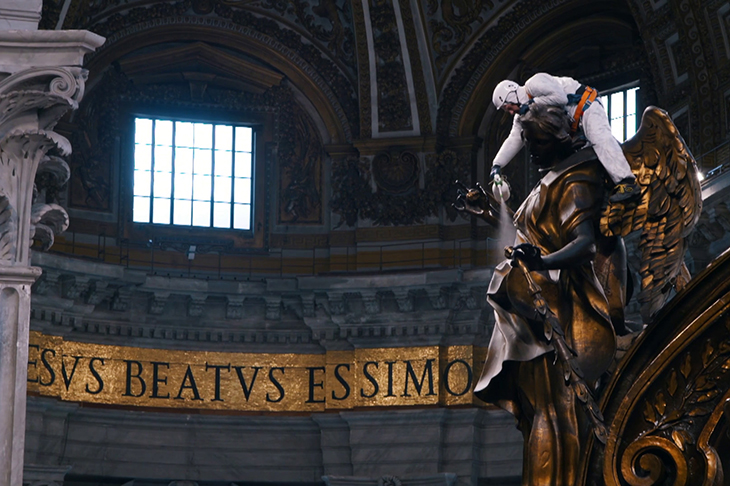
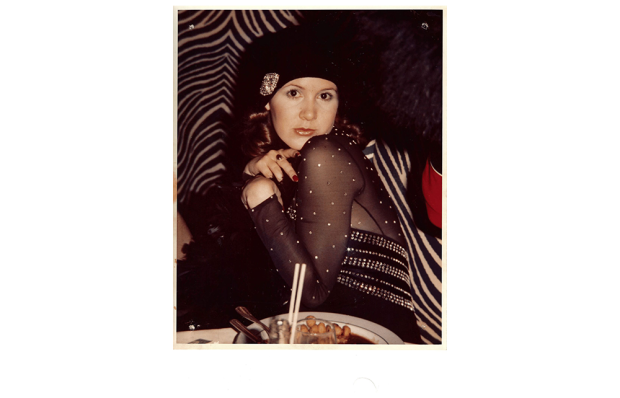
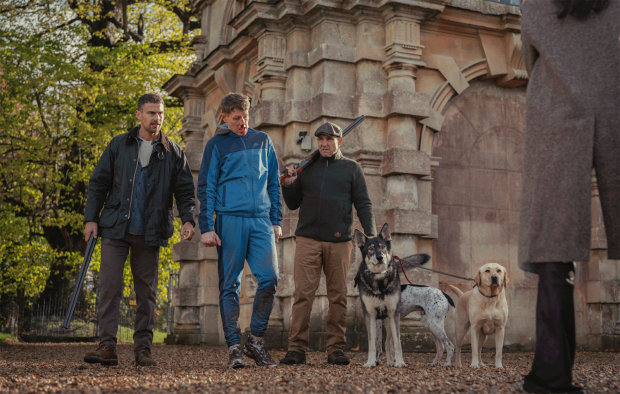
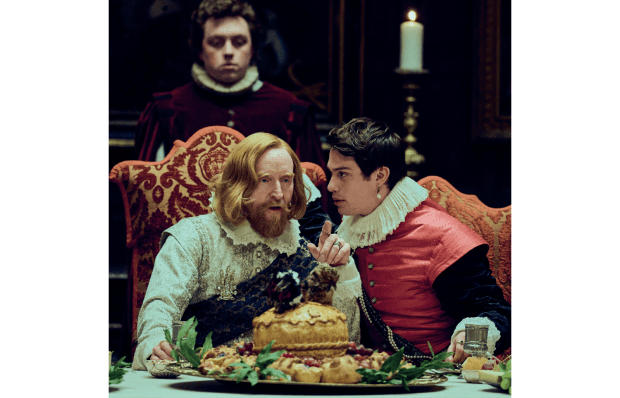
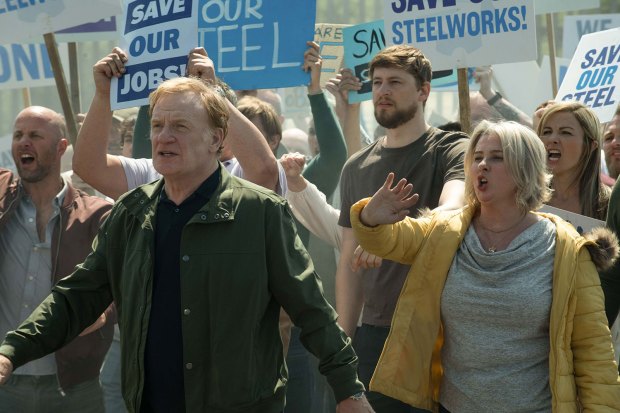
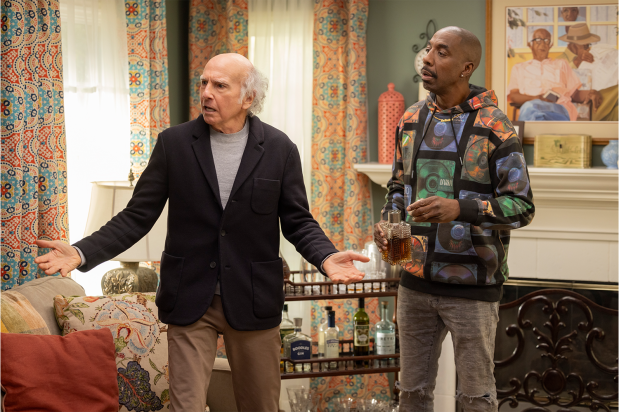
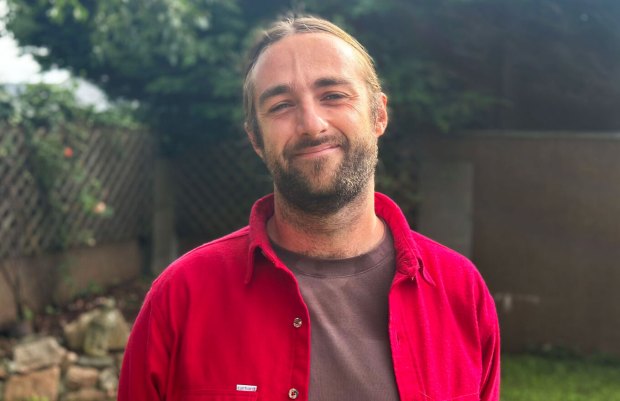






Comments
Don't miss out
Join the conversation with other Spectator Australia readers. Subscribe to leave a comment.
SUBSCRIBEAlready a subscriber? Log in